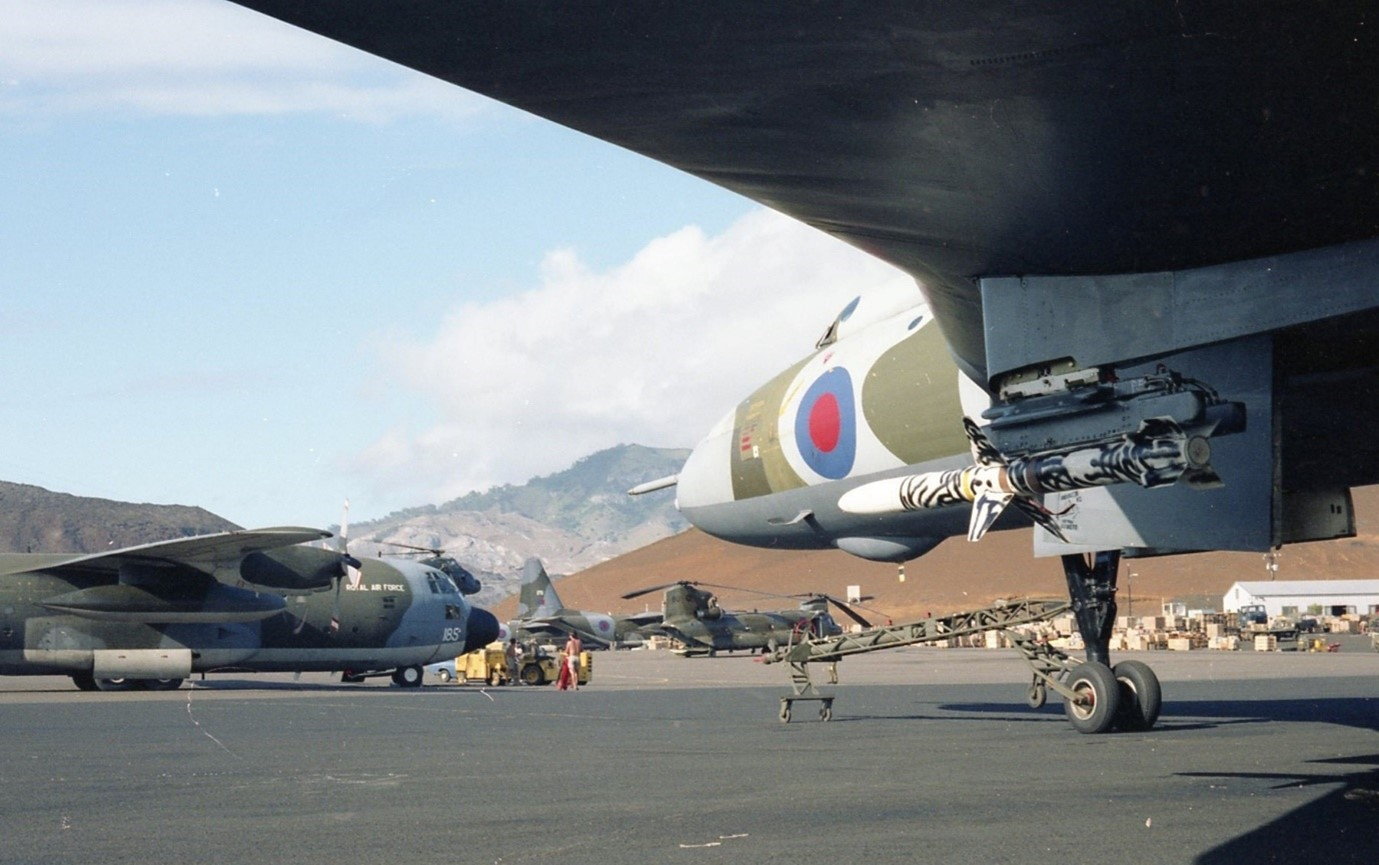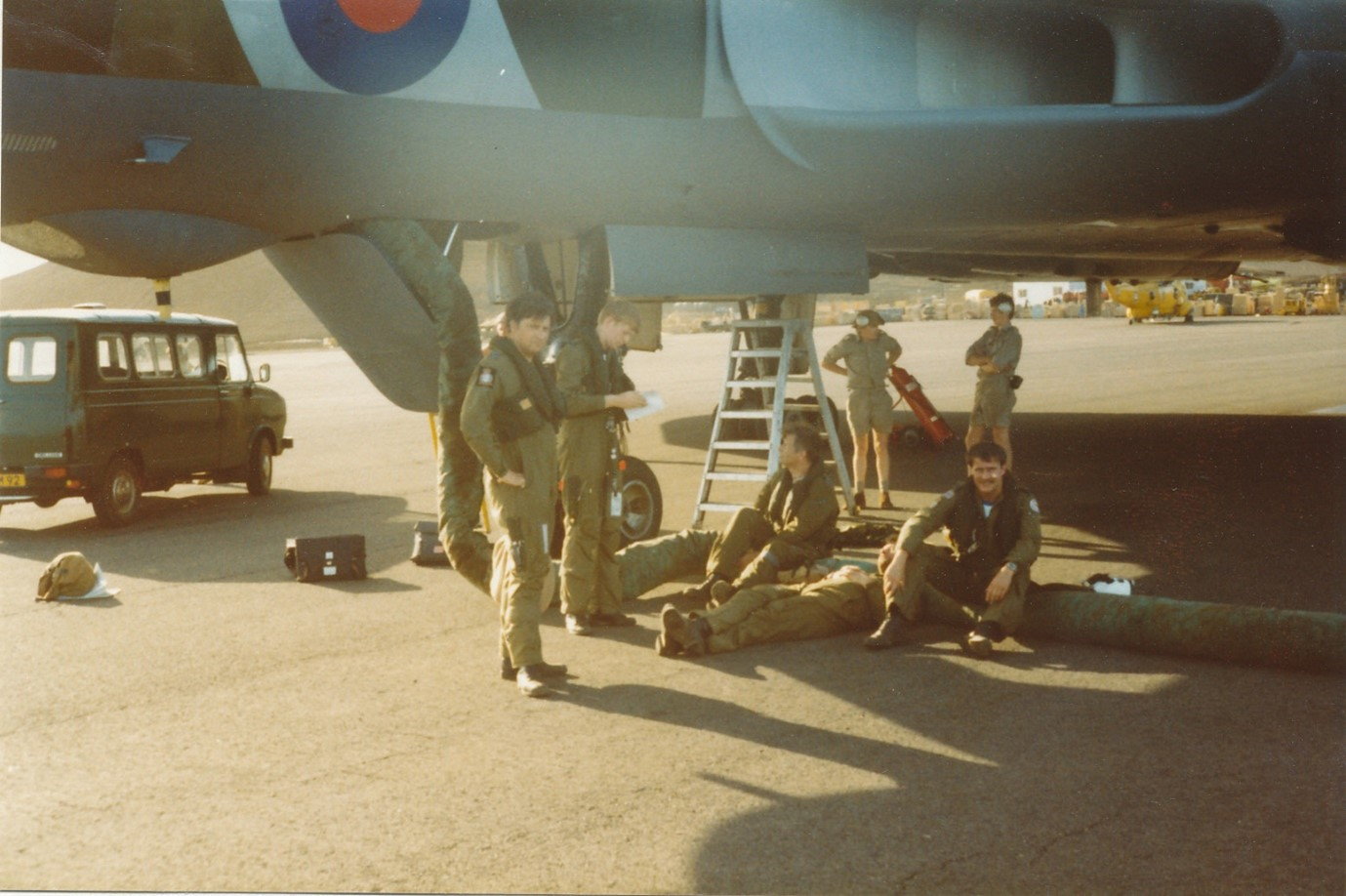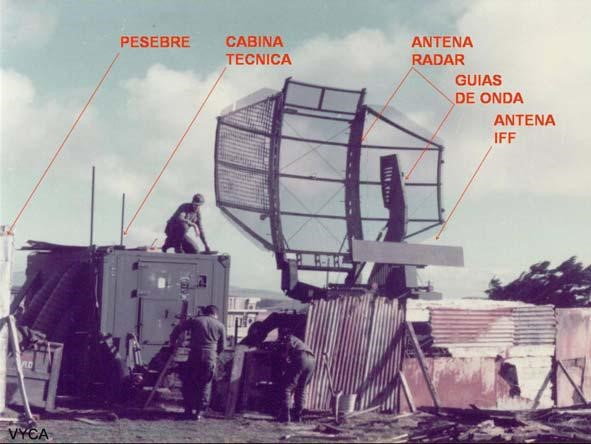Some of our members may be aware of the following 3 stories, particularly if they have read Tony Blackman’s book, Vulcan Boys. However, many will be unaware, even after 40 years have elapsed, that there were an equal number of SEAD/DEAD missions planned for Black Buck as there were bombing missions. Arguably, these Black Buck missions, employing the Shrike AGM-45 missile, were more successful than the 3 bombing missions, despite little publicity and shared knowledge over the intervening 40 years. I will very briefly tell the story of each of these missions over the next few days or so for those who may be interested in the highlights of each historic mission. I think they need telling after all these years of deliberate ignorance and a multitude of un-truths, not to mention the little interest shown by the RAF’s own Air Historical Branch. I believe that these short stories warrant their own thread rather than including them with the 40th Anniversary thread that recalls in excellent detail the successes of our Sea Harriers and GR3s during the conflict.
Forty years ago this evening, Vulcan XM 598 launched at midnight from Ascension Island with a formation of 12 Victor tankers, in total radio silence, to attempt a round trip of some 7600 nm, including a planned 45 min loiter overhead Port Stanley. The aim of Black Buck 4 was to attack a radar site that the Task Force commander had deemed to be a serious threat to the ships in his task force. The intent was to coordinate the attack with an airfield attack on Port Stanley by GR3s. A Westinghouse TPS-43 was being utilised to provide tactical direction to Argentinian Super Etendard and A-4 Sky Hawks for attacks on RN surface ships. At very short notice, the crew of XM 598 developed an impromptu and totally unrehearsed tactic that would employ the Shrike AGM-45 anti-radar missile in an attempt to suppress or destroy this worrisome Argentinian search radar.
During the long transit south the radar markers failed on 598’s H2S radar, which were required to provide a 6.9 nm firing range for the launch of the Shrike missile. Two missiles would have to be launched in a 20-degree dive to stand any chance of hitting and suppressing the intended target. A range greater than 6.9 nm would result in a far lower pK, and a firing range of less than 6.9 nm saw the pK rapidly reduce to zero. It also required the radar to be active and emit energy for the missiles to home in on, energy that would hopefully be detected by the RWR directly in front of the AEO’s position. The navigator (radar) spent the best part of an hour using some O level trigonometry to calculate the offsets to generate range markers by an alternative means (ex-Vulcan Nav Radars would understand this bit) for the 3 possible target locations provided to the crew by HUMINT. After an hour or so, and with the nav plotter double checking the calculations, the rear crew finally declared to the captain, Neil McDougall, that they had a reversionary solution for the attack and therefore they need not abort the mission.
However, after almost 5 hours and having already refuelled 3 times on the transit south, on the planned fourth coupling with the final tanker the Victor’s Hose Drum Unit failed to deploy its drogue meaning XM 598 would be unable to receive a final fuel transfer to complete the sortie. As a result, the crew were forced to abandon the mission and return to Ascension Island feeling utterly dejected and disappointed.
Later I will post the story how, following a re-launch of the mission, now named Black Buck 5 (this time in XM 597), the crew succeeded in striking and damaging a TPS-43 search radar on the edge of Port Stanley thereby limiting its level of performance for the remainder of the conflict, despite vital spares being flown in the following day.
 2 Shrikes were carried on BB4 and 5, with homing heads optimised against the TPS-43
2 Shrikes were carried on BB4 and 5, with homing heads optimised against the TPS-43
 The crew of BB4
The crew of BB4
 The TPS-43 radar on the southern edge of Port Stanley town
The TPS-43 radar on the southern edge of Port Stanley town